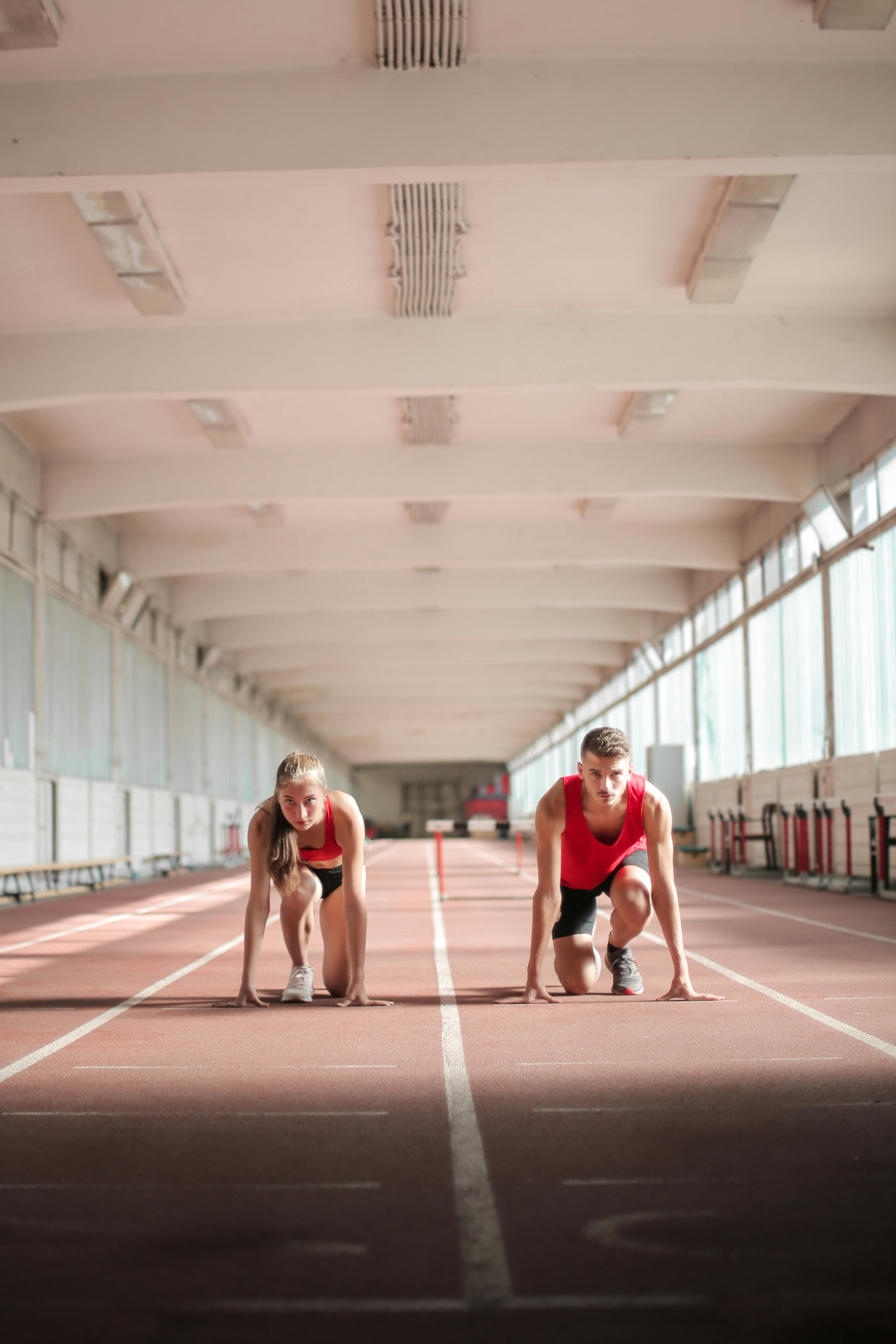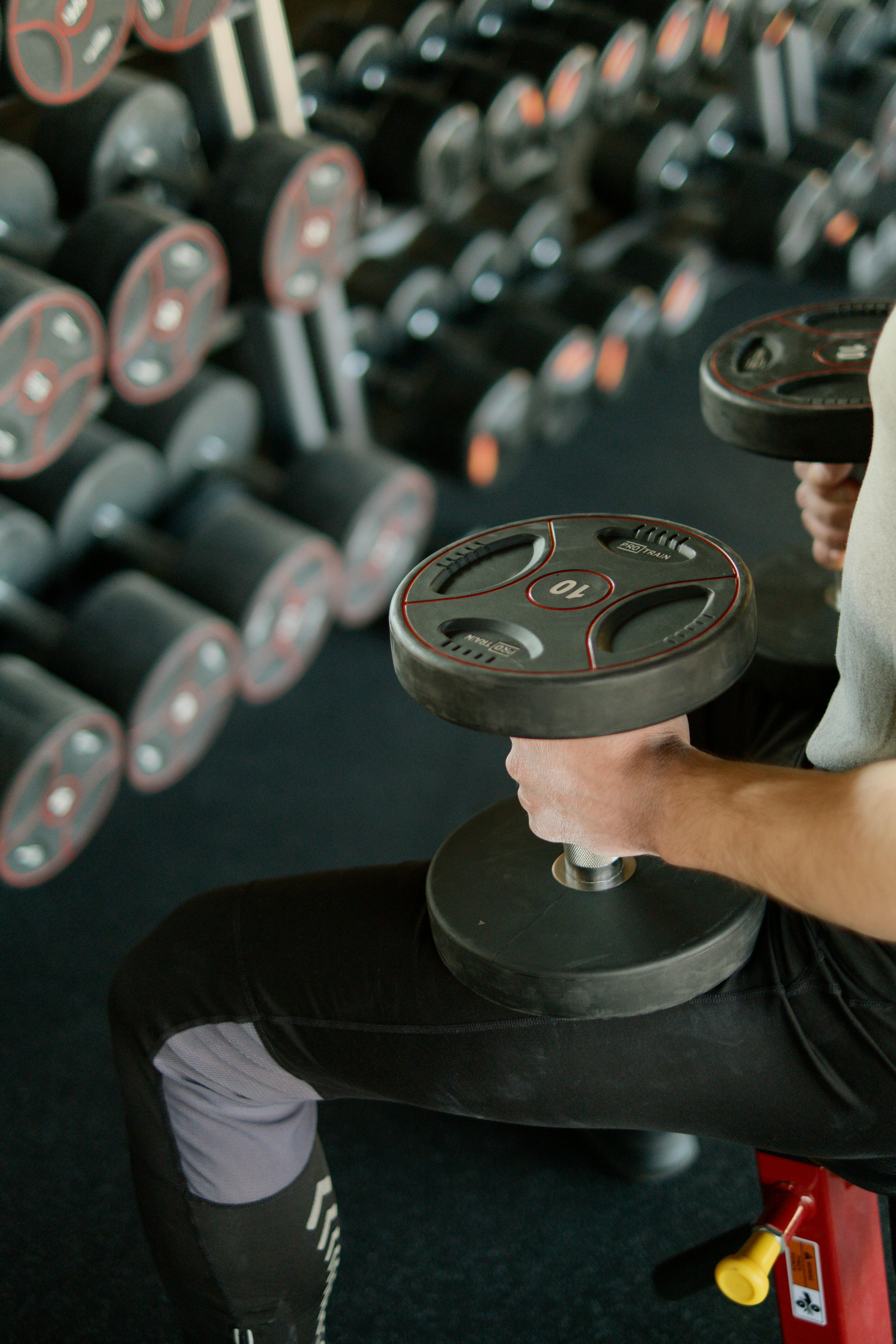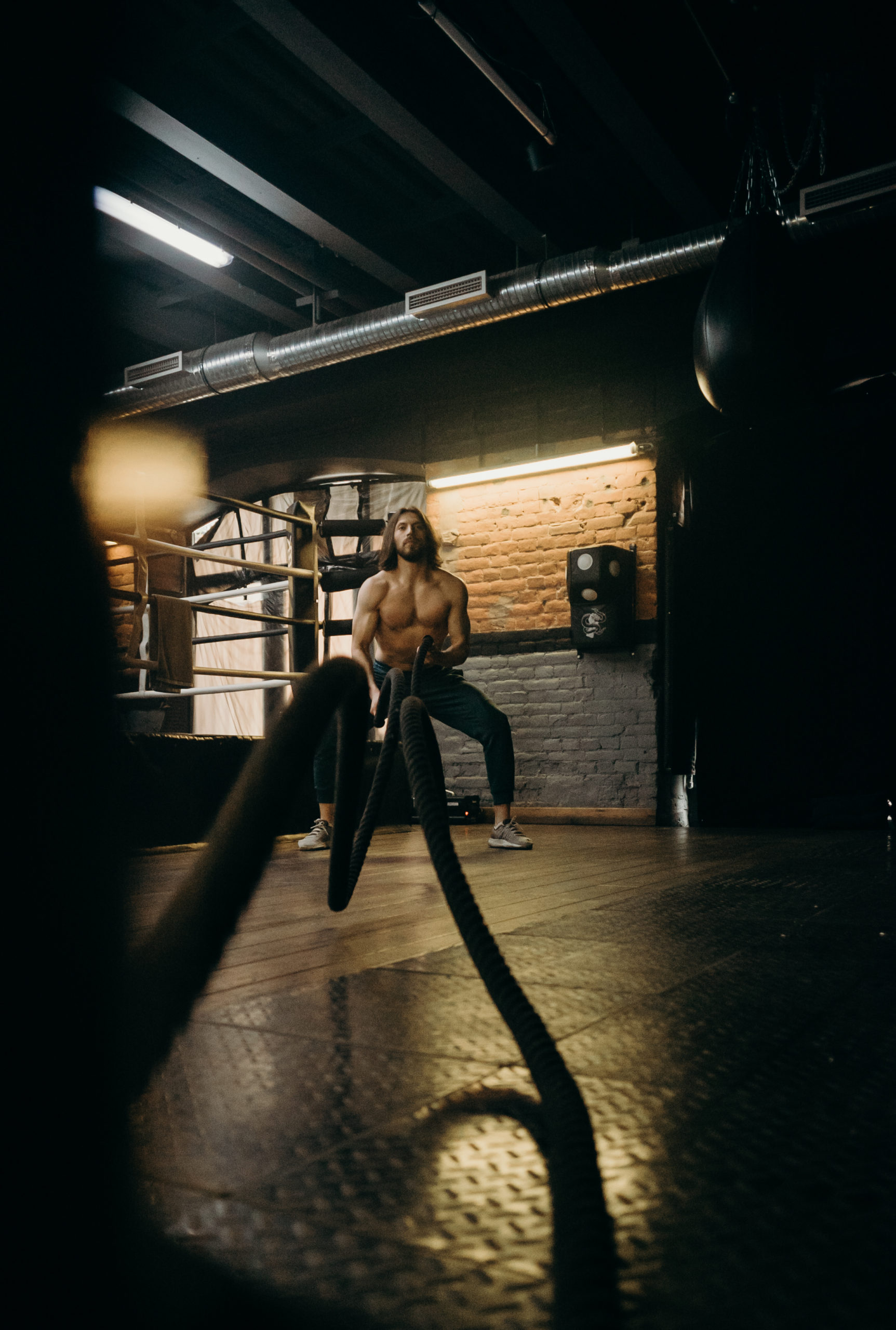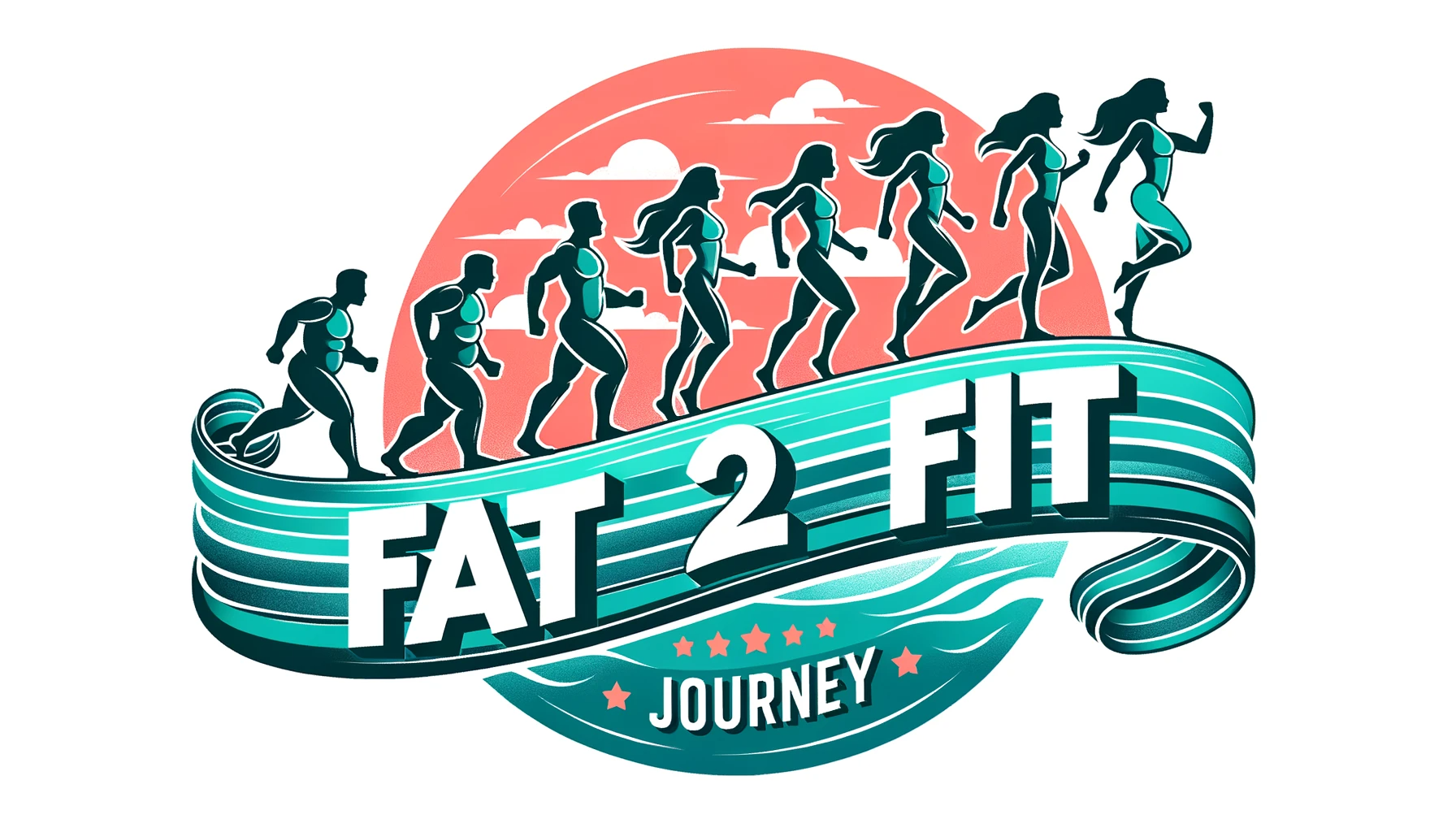Are you tired of the same old routine at the gym? Well, we’ve got great news for you! Say goodbye to expensive memberships and crowded weight rooms, because bodyweight workouts are here to save the day. Whether you’re a fitness fanatic or just starting your journey, these workouts offer a convenient and effective way to get in shape without stepping foot in a gym. With just a little bit of space and your own body as resistance, you can achieve incredible results. So grab your exercise mat and get ready to discover the endless possibilities of bodyweight training!

Table of Contents
Benefits of Bodyweight Workouts
Convenience
One of the major benefits of bodyweight workouts is the convenience they offer. You don’t need any fancy equipment or a gym membership to get started. All you need is your own body and a small space to move around in. Whether you’re at home, in a hotel room, or even outside in a park, you can easily fit in a bodyweight workout wherever and whenever it’s convenient for you.
Cost-effective
Another advantage of bodyweight workouts is that they are cost-effective. Unlike traditional gym workouts that require expensive equipment or monthly membership fees, bodyweight exercises can be done for free. You don’t need to invest in any weights or machines, saving you a significant amount of money in the long run. This makes bodyweight workouts an affordable option for everyone, regardless of their budget.
Suitable for all fitness levels
Bodyweight workouts are suitable for individuals of all fitness levels. Whether you’re a beginner or an advanced athlete, bodyweight exercises can be easily modified to match your fitness level. You can adjust the intensity and difficulty of the exercises by changing the number of repetitions, the range of motion, or by adding variations and progressions. This versatility makes bodyweight workouts accessible to everyone, regardless of their current fitness level.
Promotes functional strength and mobility
One of the key benefits of bodyweight workouts is their focus on promoting functional strength and mobility. Unlike weightlifting exercises that often isolate specific muscles, bodyweight exercises engage multiple muscle groups at once, replicating movements that you perform in daily life. This helps improve your overall functional strength, making it easier to perform everyday activities such as lifting objects or climbing stairs. Additionally, bodyweight exercises also improve mobility and flexibility, enhancing your range of motion and reducing the risk of injuries.
Getting Started with Bodyweight Exercises
Setting fitness goals
Before diving into bodyweight workouts, it’s important to set clear fitness goals. Whether you want to lose weight, build muscle, or improve your overall fitness, having a specific goal in mind will help you stay motivated and focused. Set realistic and achievable goals that are measurable, such as aiming to complete a certain number of push-ups or holding a plank for a specific amount of time. Having these goals will give you something to work towards and provide a sense of accomplishment once achieved.
Checking for any health restrictions
Before starting any exercise program, it’s important to check for any health restrictions or concerns you may have. If you have any pre-existing medical conditions, injuries, or are pregnant, it’s advisable to consult with a healthcare professional before starting a bodyweight workout routine. They can provide guidance on exercises that are safe for you and help you avoid any potential risks or complications.
Warming up before the workout
Warming up before a bodyweight workout is crucial to prepare your body for the physical demands of the exercises. A proper warm-up increases blood flow to your muscles, raises your body temperature, and loosens up your joints, reducing the risk of injury. Begin with 5-10 minutes of light cardio, such as jogging or jumping jacks, to increase your heart rate. Follow this with dynamic stretches that target the major muscle groups you will be working during your workout. This will help improve your flexibility and range of motion, allowing you to perform the exercises more effectively.
Basic Bodyweight Exercises
Push-ups
Push-ups are one of the most effective and popular bodyweight exercises that target your chest, shoulders, triceps, and core muscles. To perform a push-up, start in a high plank position with your hands shoulder-width apart and your body in a straight line. Lower yourself down by bending your elbows until your chest almost touches the ground, then push yourself back up to the starting position. If you’re new to push-ups, you can modify them by performing them on your knees or against a wall until you build enough strength to do them on your toes.
Squats
Squats are another essential bodyweight exercise that primarily targets your lower body, including your quadriceps, hamstrings, and glutes. To perform a squat, stand with your feet shoulder-width apart and your toes slightly turned out. Lower your body down by bending your knees and pushing your hips back, as if you’re sitting back into a chair. Keep your chest up and your weight in your heels. Go as low as you can while maintaining good form, then push through your heels to return to the starting position.
Plank
The plank is a simple yet highly effective exercise for strengthening your core muscles, including your abs, back, and shoulders. To do a plank, start by getting into a push-up position. Lower yourself down onto your forearms, with your elbows directly under your shoulders. Keep your body in a straight line from head to toe, engaging your core and squeezing your glutes. Hold this position for as long as you can while maintaining proper form. If a full plank is too challenging, you can modify it by keeping your knees on the ground.
Lunges
Lunges are a great bodyweight exercise for targeting your legs and glutes. To perform a lunge, start by standing with your feet hip-width apart. Take a big step forward with your right foot, lowering your body down until your right thigh is parallel to the ground and your left knee is hovering just above the floor. Push through your right heel to return to the starting position, then repeat on the other side. You can perform stationary lunges or walking lunges, depending on your preference and space availability.
Mountain climbers
Mountain climbers are a dynamic bodyweight exercise that primarily targets your core, shoulders, and cardiovascular endurance. To do mountain climbers, start in a high plank position with your hands shoulder-width apart. Engage your core and bring your right knee towards your chest, then quickly switch and bring your left knee towards your chest while extending your right leg back. Continue alternating your legs in a running motion as fast as you can while maintaining good form. You can modify mountain climbers by performing them at a slower pace or by holding onto a stable surface if needed.
Intermediate Bodyweight Exercises
Burpees
Burpees are a challenging full-body exercise that targets multiple muscle groups, including your chest, shoulders, arms, legs, and core. To perform a burpee, start in a standing position. Squat down and place your hands on the ground in front of you, then kick your feet back into a push-up position. Lower your chest to the ground, then quickly return to the push-up position and jump your feet forward towards your hands. Explosively jump up into the air, reaching your arms overhead. Land softly and immediately go into the next repetition. If burpees are too intense, you can modify them by removing the push-up or stepping instead of jumping.
Tricep dips
Tricep dips are an excellent exercise for targeting the muscles in the back of your arms. To perform tricep dips, find a stable surface such as a chair or bench. Sit on the edge of the surface, with your hands gripping the edge next to your hips. Walk your feet out and lower your body down, bending your elbows until they form a 90-degree angle. Push through your palms to straighten your arms and return to the starting position. Keep your back close to the surface and avoid letting your shoulders shrug up towards your ears. If regular tricep dips are too challenging, you can bend your knees to reduce the load on your arms.
Glute bridges
Glute bridges are a great exercise for targeting your glutes and hamstrings. To perform a glute bridge, lie on your back with your knees bent and your feet hip-width apart. Place your arms by your sides, palms down. Push through your heels and lift your hips off the ground, creating a straight line from your knees to your shoulders. Squeeze your glutes at the top, then slowly lower your hips back down to the starting position. Make sure to engage your core and avoid arching your lower back during the movement.
Single-leg squats
Single-leg squats, also known as pistol squats, are an advanced bodyweight exercise that really challenges your lower body strength and balance. To do a single-leg squat, start by standing on your left leg with your right foot off the ground. Extend your right leg forward and keep it parallel to the ground. Lower your body down by bending your left knee and pushing your hips back, while keeping your right leg extended in front of you. Go as low as you can while maintaining good form, then push through your left heel to return to the starting position. Repeat on the other leg. If single-leg squats are too challenging, you can use a chair or wall for support.
Handstand push-ups
Handstand push-ups are an advanced bodyweight exercise that targets your shoulders, upper back, and triceps. To perform a handstand push-up, start by facing a wall and kick up into a handstand position, with your heels resting against the wall. Lower your body down towards the ground by bending your elbows, then push yourself back up to the starting position. If you’re not yet able to do a full handstand push-up, you can modify it by placing your hands on elevated surfaces, such as steps or parallettes, to reduce the range of motion.

Advanced Bodyweight Exercises
Muscle-ups
Muscle-ups are a challenging exercise that combines a pull-up with a dip, targeting your back, chest, arms, and core. To perform a muscle-up, start by hanging from a bar with your palms facing away from you. Pull your body up towards the bar, then quickly transition into a dip by rotating your wrists so that your palms are now facing towards you. Push yourself up until your arms are fully extended, then lower yourself back down to the starting position. Muscle-ups require a high level of upper body strength and coordination, so it’s important to work on your pull-ups and dips before attempting this exercise.
Pistol squats
Pistol squats, as mentioned before, are a highly challenging exercise that tests your lower body strength and balance. To perform a pistol squat, stand on one leg with your other leg extended forward. Lower your body down by bending your standing leg, while keeping your extended leg parallel to the ground. Go as low as you can while maintaining good form, then push through your standing heel to return to the starting position. Repeat on the other leg. Pistol squats require a high level of leg strength and flexibility, so it’s important to progress gradually and focus on proper form.
Planche push-ups
Planche push-ups are an advanced bodyweight exercise that targets your shoulders, chest, triceps, and core. To perform a planche push-up, start in a plank position and shift your weight forward, positioning your hands closer to your hips. Slowly lean your body forward while keeping your elbows tucked in, until your feet lift off the ground and your body is parallel to the floor. Lower your body down towards the ground by bending your elbows, then push yourself back up to the starting position. Planche push-ups require a high level of upper body and core strength, as well as balance and control.
Human flag
The human flag is an impressive bodyweight exercise that requires a great deal of upper body and core strength. To perform the human flag, start by gripping a vertical pole or sturdy object with both hands, with your palms facing away from you. Lift your body up sideways, extending your legs out to the side and squeezing your core and glutes. Keep your body as straight as possible, parallel to the ground. Hold this position for as long as you can while maintaining proper form. The human flag is an advanced exercise that may take time to achieve, so it’s important to focus on building up your upper body and core strength gradually.
One-arm push-ups
One-arm push-ups are a challenging bodyweight exercise that targets your chest, shoulders, arms, and core. To perform a one-arm push-up, start in a push-up position with your hands shoulder-width apart. Shift your weight onto one hand and position your feet wide for stability. Lower your body down towards the ground by bending your elbow, while keeping your body in a straight line. Push yourself back up to the starting position, then repeat on the other side. If one-arm push-ups are too challenging, you can modify them by placing one hand on an elevated surface, such as a step or yoga block.
Designing a Bodyweight Workout Routine
Setting workout frequency and duration
When designing a bodyweight workout routine, it’s important to determine how often and for how long you will be working out. The frequency and duration of your workouts will depend on your personal schedule, fitness goals, and current fitness level. It’s generally recommended to aim for at least 3-4 workouts per week, allowing yourself at least one rest day in between to allow for muscle recovery. The duration of each workout can vary, but it’s typically recommended to aim for 30-60 minutes of moderate to vigorous exercise.
Choosing exercises for different muscle groups
To create a well-rounded bodyweight workout routine, it’s important to include exercises that target different muscle groups. This will help ensure that you are engaging all major muscle groups and achieving a balanced physique. A comprehensive bodyweight workout routine should include exercises for your upper body (such as push-ups, tricep dips, and handstand push-ups), lower body (such as squats, lunges, and single-leg squats), and core (such as planks, glute bridges, and mountain climbers). You can also incorporate exercises that target specific muscle groups, such as pull-ups for your back or calf raises for your lower legs.
Incorporating cardio and flexibility exercises
In addition to strength training exercises, it’s important to incorporate cardio and flexibility exercises into your bodyweight workout routine. Cardio exercises, such as jumping jacks, high knees, or mountain climbers, help elevate your heart rate and improve cardiovascular endurance. Flexibility exercises, such as dynamic stretches or yoga poses, help improve your range of motion and prevent muscle tightness. Including both cardio and flexibility exercises in your routine will help improve your overall fitness and enhance your performance in other workouts.

Modifying Bodyweight Exercises for Progression
Increasing repetitions and sets
To progress in bodyweight exercises, you can gradually increase the number of repetitions and sets you perform. Start with a number that challenges you but allows you to maintain proper form. As you become stronger and more comfortable with the exercise, slowly increase the number of repetitions or sets. For example, if you started with 3 sets of 10 push-ups, you can progress to 3 sets of 12 or even 15 push-ups. This gradual increase in volume will help build strength and endurance over time.
Adding variations to increase difficulty
Another way to progress in bodyweight exercises is by adding variations that increase the difficulty of the exercise. For example, you can progress from regular push-ups to incline push-ups (placing your hands on an elevated surface) or decline push-ups (placing your feet on an elevated surface). This changes the angle and load placement, challenging your muscles in different ways. Additionally, you can incorporate unilateral variations, such as single-leg squats or one-arm push-ups, which require greater stability and balance, further increasing the challenge.
Using equipment for added resistance
While bodyweight exercises primarily use your own body as resistance, you can also incorporate equipment to add additional resistance and challenge. Resistance bands, for example, can be used to increase the intensity of exercises such as squats or push-ups by providing external resistance. You can also use water bottles or backpacks filled with books as makeshift weights to add resistance to exercises like lunges or glute bridges. As you become stronger, you can gradually increase the weight or tension of the equipment to continue challenging your muscles.
How to Avoid Common Mistakes
Skipping proper form and technique
One common mistake people make when doing bodyweight exercises is neglecting proper form and technique. Performing exercises with improper form not only reduces their effectiveness but also increases the risk of injury. To avoid this, focus on maintaining a neutral spine, engaging your core, and using the correct range of motion for each exercise. If you’re unsure about proper form, consider seeking guidance from a fitness professional or using trusted online resources that provide instructional videos or step-by-step guides.
Overexertion and fatigue
Another mistake to avoid is overexerting yourself by pushing too hard or not allowing enough time for recovery. While it’s important to challenge yourself, it’s equally important to listen to your body and pace yourself. Pushing beyond your limits or working out without adequate rest can lead to burnout, fatigue, and increased risk of injury. It’s important to gradually increase the intensity and volume of your workouts, allowing your body time to adapt and recover. Incorporating rest days and active recovery activities, such as stretching or light cardio, into your routine is essential for maintaining a balanced and sustainable fitness program.
Neglecting rest and recovery
Rest and recovery are essential components of any fitness program, including bodyweight workouts. During exercise, your muscles undergo micro-tears, which need sufficient time to repair and rebuild. Without adequate rest, your muscles won’t have the opportunity to recover and grow stronger. Incorporate rest days into your schedule, allowing yourself at least one day per week to rest and recover. During rest days, focus on activities that promote relaxation and rejuvenation, such as stretching, foam rolling, or engaging in low-impact activities like walking or yoga.
Alternatives to Gym Equipment
Using household objects as weights
If you don’t have access to traditional gym equipment, you can get creative and use household objects as weights. Items such as water bottles, canned goods, or backpacks filled with books can serve as makeshift weights for exercises like shoulder presses or bicep curls. Make sure to use objects that have a comfortable grip and are securely fastened to avoid any accidents. While they may not provide the exact resistance as traditional weights, they can still be effective in challenging your muscles and achieving a good workout.
Incorporating resistance bands
Resistance bands are a versatile and convenient alternative to traditional weights that can be used for a variety of bodyweight exercises. They come in various resistance levels and can be easily transported, making them ideal for workouts at home or while traveling. Resistance bands can be looped around your thighs for exercises like squats or glute bridges to increase resistance, or used for upper body exercises like rows or chest presses. They provide continuous tension throughout the movement, helping to strengthen and tone your muscles.
Utilizing outdoor spaces for workouts
If you enjoy being outdoors, you can take advantage of your surroundings and utilize outdoor spaces for bodyweight workouts. Parks, playgrounds, or even your backyard can provide ample space for exercises like lunges, sprints, or pull-ups on monkey bars. You can use benches or picnic tables for exercises like step-ups, tricep dips, or push-ups. Exercising in the fresh air and natural surroundings can enhance your mood, boost your vitamin D levels, and provide a refreshing change of scenery compared to indoor workouts.
Staying Motivated and Consistent
Setting realistic goals
Setting realistic and achievable goals is key to staying motivated and consistent with your bodyweight workout routine. Break down your long-term goals into smaller, short-term goals that are manageable and measurable. For example, if your long-term goal is to do 20 consecutive push-ups, start with a short-term goal of doing 5 consecutive push-ups. As you achieve these smaller milestones, you’ll build confidence and motivation to keep progressing. Remember to celebrate your achievements along the way, no matter how small they may seem.
Tracking progress and celebrating achievements
Keeping track of your progress can help you stay motivated and see the improvements you’re making over time. Keep a workout journal or use a fitness tracking app to record your workouts, including the exercises performed, number of repetitions or sets, and any notes or observations. This will allow you to track your progress, identify areas of improvement, and make adjustments to your routine if necessary. Additionally, don’t forget to celebrate your achievements, whether it’s reaching a new personal best or completing a challenging exercise for the first time. Recognizing and celebrating your progress will help keep you motivated and inspired to stick with your bodyweight workout routine.
Finding workout buddies or online communities
Finding workout buddies or joining online communities with like-minded individuals can provide additional motivation and support. Exercising with others can make workouts more enjoyable and help keep you accountable. You can find workout buddies through social media, fitness apps, or local fitness groups. Alternatively, you can join online communities or forums where you can share your progress, ask for advice, and learn from others who are on a similar fitness journey. Having a support system can make a significant difference in staying motivated and consistent with your bodyweight workouts.
